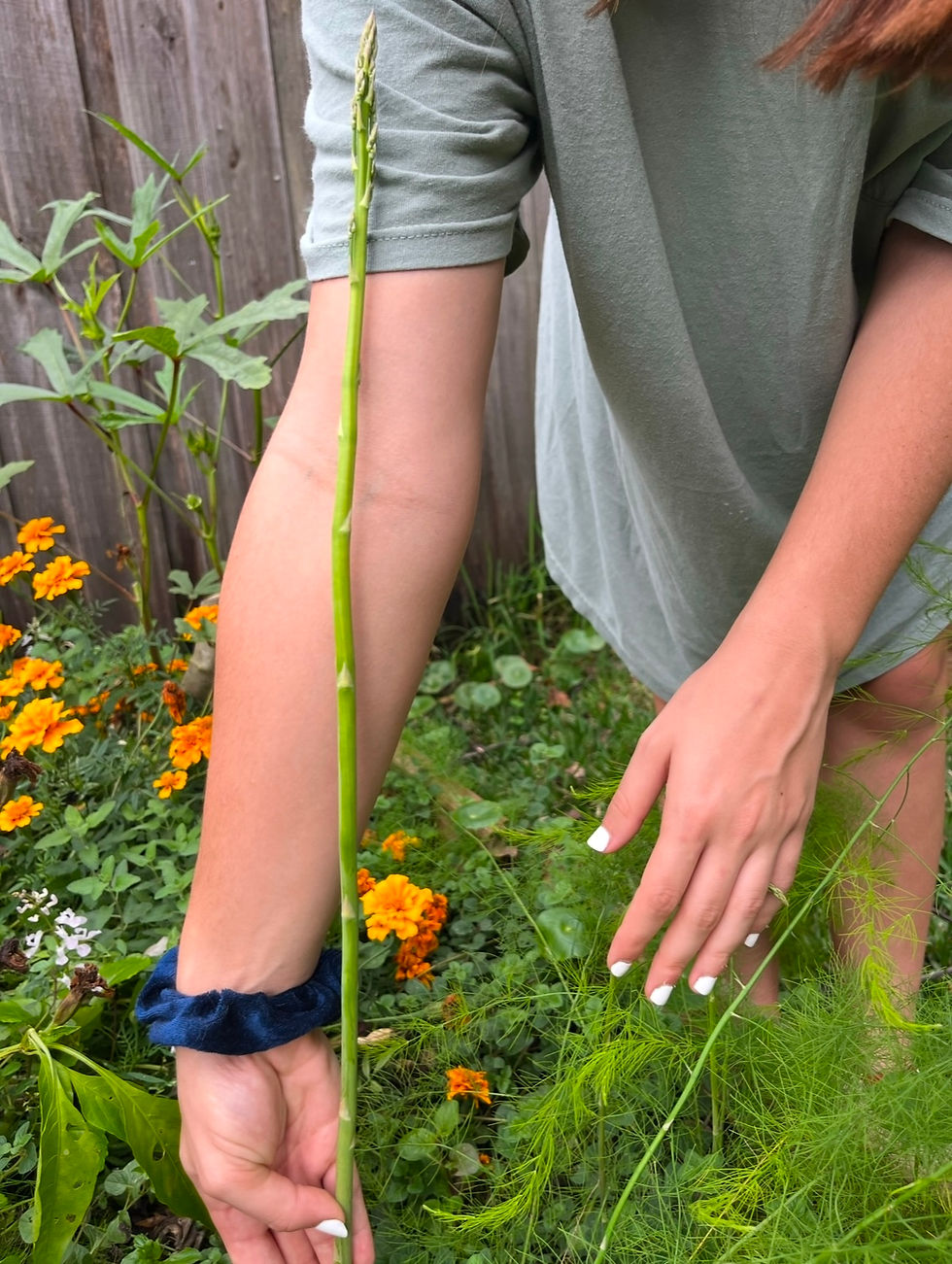Helping Kids to Feel Safe Around Bees in the Wildflower Garden
- Leah Brooks

- Mar 12
- 2 min read
Updated: May 15

Little children often fear the beautiful bees buzzing around a native wildflower garden. However, you can help them to be less fearful by sharing a few facts:
Florida has over 300 native bee species. Look at the beautiful photos of Florida native bees on Laura Zurro's amazing website. Talk about the colors, sizes, and shapes of these bees.
Buy a soft, plus bee toy for your child. Role play and 'humanize' the bee. Name is "Silly Bee" and pretend it's lost and is looking for it's mom. Take the bee outside and look for bees on flowers together. Is that it's mom? Have fun with it!
Explain to older children that most native bees are solitary, and since they don't have a hive to defend, they are not aggressive.
In general, solitary bees only sting if you try to squish them. (Don't squish them!)
Let your child know that most native bees have stingers that are too short to penetrate human skin!
Find the biggest bee. Now find the tiniest bee. Some native bees are teeny tiny! Ceratina cockerelli is a small carpenter bee found throughout Florida that is only 3 to 4.5 mm long.
Next, help your children overcome their fear by visiting a native wildflower garden near you! Search for a garden on this interactive map:
Finally, learn how to attract gentle native bees to your area by planting native wildflowers with your child. If you plant them, they will come!










Comments